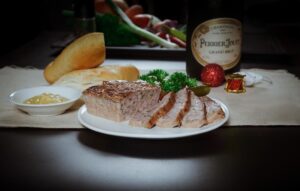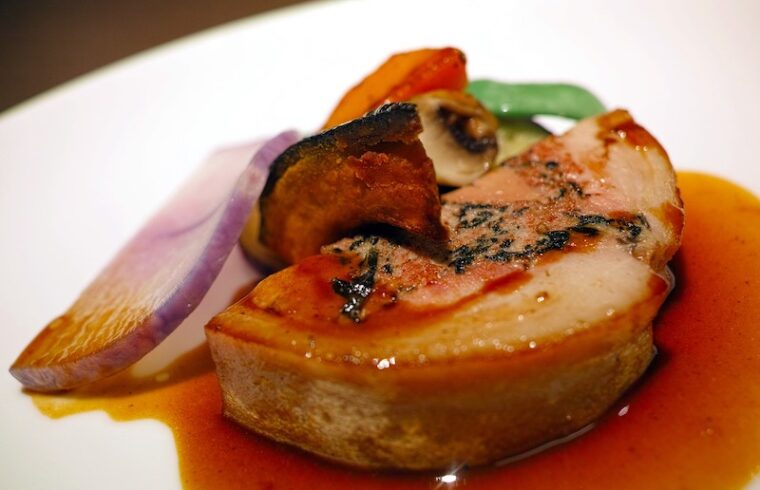Are you an adventurous eater? Do you get excited about trying new dishes and food? Foie gras might be something you would want to try if that is the case. Considered a delicacy for many people around the world, Foie Gras is a French specialty and the name translates to English as ‘fat liver’, which is quite apt, as we will explain in a moment. Although it is considered a popular dish in France, the actual concept is thought to have been around since the days of the Ancient Egyptians. There is a lot of controversy around Foie Gras, which likely owes to a lot of the fascination there is around it. It may even be what led you here.
Want to find out more about Foie Gras? Keep Reading.

What is it?
We mentioned in the opening paragraph that the name was very apt. It is essentially a duck or goose liver that has been enlarged using a special feeding process. Technically, the liver needs to be around 10 times its size. The force-feeding technique is called gavage and involves corn being fed to the animals through a feeding tube.
Therein lies the controversy, as gavage, depending on who you speak to, is considered to be incredibly cruel to animals and is more than just providing them with food and care so that they are healthy animals for food. Even people like chefs and other foodies are divided over it, with many refusing to prepare and serve it.
There are many that claim you can still be humane while performing gavage and that as ducks and geese migratory birds, they eat a lot before migration, meaning that they basically fatten themselves naturally. Some try and time the slaughter of the animals with this migration pattern to produce what is considered a fatty goose liver version of Foie Gras.
Whatever side you stand on the ethicalness of foie gras, it is usually sold either as a mousse, pate, or whole and then used as a hot entrée or main ingredient in a terrine.

What does it Taste Like?
For the more adventurous of you out there that have not clicked onto a different page, you may be wondering “what does foie gras taste like?” It is very fatty and has a very smooth, buttery, and decadently rich flavor.
Although both are considered to be similar, the goose variety of foie gras is considered to have a milder and more refined flavor. Whereas duck foie gras is less fatty, but a gamier taste.
Best Ways to Cook Foie Gras
There are a number of different traditional ways to cook foie gras, including a simple searing of the whole thing in a pan to more complex pureeing to transform it into a delicious and buttery mousse. As it melts very easily, many cook it on a high heat through the pan-searing method. However, cooking it by this method is trickier.
Foie Gras terrine is actually the purest of forms used to prepare it. Liver pieces are layered up in loaf pan with either Armagnac and Sauternes and then it is weighted down and baked in the oven. Once it is cooked it is chilled in the fridge, before serving.
When it is made into a mousse, it is cooked and then pureed using a blender with butter and brandy to make a very silky and smooth paste that can be spread on bread.
It really is down to personal opinion, conscience, and preference whether you would still pursue tasting foie gras, despite its inception. By all accounts, it does appear to taste decadently and luxuriously.




















